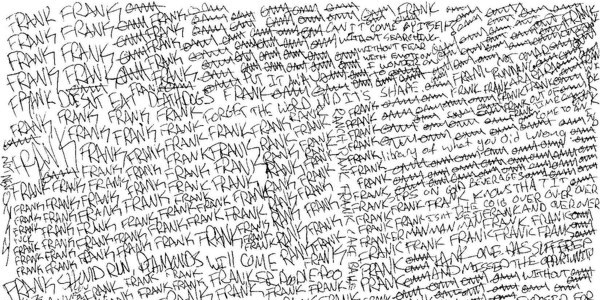The brain is a strange instrument that is far too complex for anyone to fully understand. While it’s easy to take it for granted when everything is working as it should, its mysterious nature makes itself apparent whenever something goes wrong leading to a wealth of strange effects that are often very difficult to understand.

One example of this is ‘hypergraphia’ – a condition that’s characterised by an obsessive desire to write. The writing content and style can vary, but in all cases the individual will find themselves writing endlessly and feeling anxious whenever they stop.
Content and Symptoms
Hypergraphia can induce all kinds of writing ranging from poetry, to jumbled text, to repetitions of a single word. Sometimes this can yield creative and interesting text, while in other cases it will be illegible and apparently useless. In some cases patients will write down incredibly detailed accounts of their daily activities and others will even list what they see. A patient in one study reported ‘compulsive rhyming’ in their internal monolog lasting for five years.
Those with hypergraphia experience feelings of dread and irritability when their writing is disrupted.
Causes
The causes of this mysterious condition are not fully understood. Some have speculated that it may be related to bipolar disorder, schizophrenia or hypomania. More generally accepted though is that hypergraphia is a symptom of temporal lobe epilepsy. Excessive neuronal activity in the temporal lobe for instance was recorded in the individual who experienced rhyming and there may be a connection with the condition known as Geschwind syndrome (a personality disorder also associated with temporal lobe epilepsy for which hypergraphia is a common side effect along with an ‘intensified mental life’). That said, only roughly ten percent of individuals who experience temporal lobe epilepsy will also experience hypergraphia.
Dopamine has also been thought to play a role, being known to decrease ‘latent inhibition’. This is an interesting thought that creativity could be largely correlated with the levels of dopamine between neuronal synapses. As with anything, there is such thing as ‘too much of a good thing’ as a patient with hypergraphia will attest…




I have noticed my husband doing this since we have been married 15 years and he denies it.